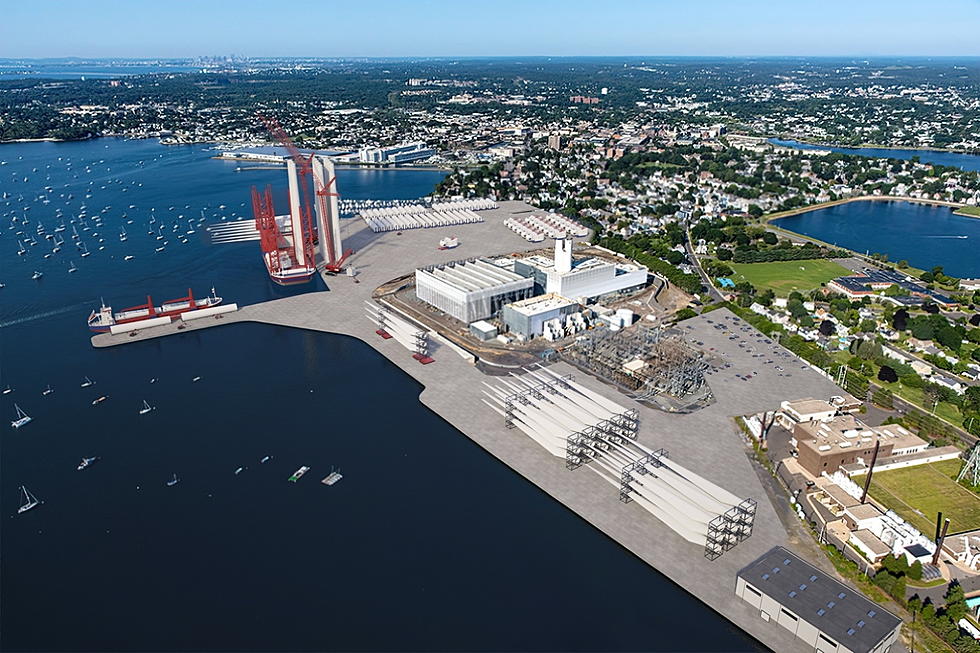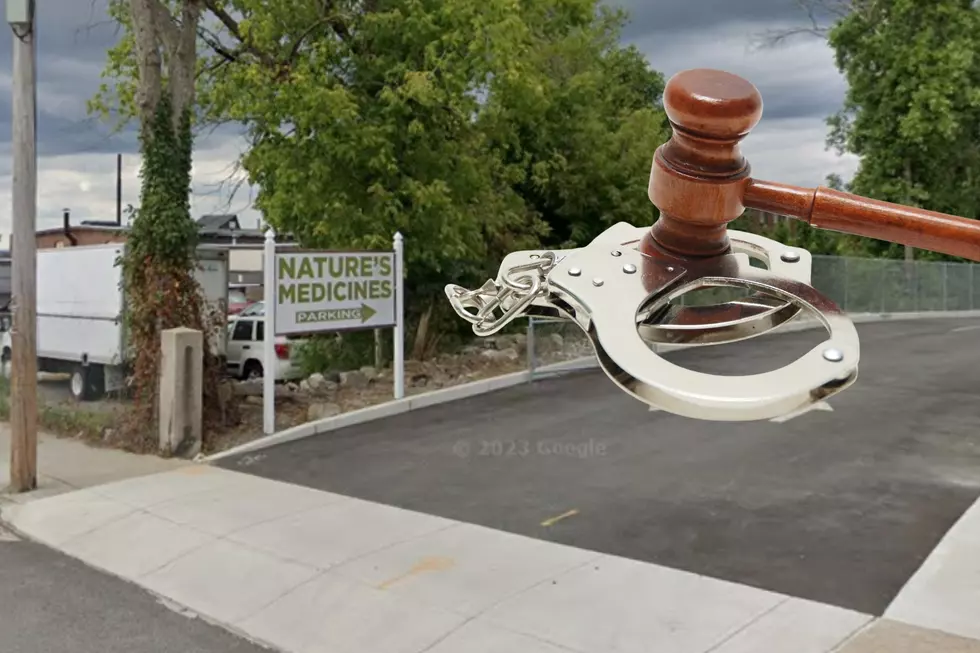
Vineyard Wind Proposes Large Development Off Salem
Mayflower Wind or Vineyard Wind? Or, put a different way, Fall River or Salem?
The two developers vying for the third Massachusetts offshore wind development are each dangling the promise of economic development and renewal at a Massachusetts port if their project is selected — Mayflower Wind in Fall River and, announced Thursday morning, Vineyard Wind in Salem.
The company, which is based out of New Bedford as it advances the nation's first utility-scale offshore wind farm, said it has entered into an agreement with the city of Salem and Crowley Maritime Corporation to create a public-private partnership "aimed at establishing Salem Harbor as the state's second major offshore wind port" and creating hundreds of jobs.

"As offshore wind continues to expand, new purpose-built ports will be key to the success of this industry. By constructing the nation's first purpose-built offshore wind port in New Bedford, Massachusetts has been leading the way. With a new offshore wind port in Salem, the Commonwealth can ensure that it is ready to face the demands of a rapidly growing industry," Vineyard Wind CEO Lars Pedersen said in a statement.
Vineyard Wind said it would use the Salem project, planned for the 42-acre Salem Harbor Station site, for turbine assembly and staging activities for its Commonwealth Wind proposal, if it is chosen later this year by a group of utility executives working with some state assistance.
Under the proposed agreement, Crowley Maritime would buy land surrounding Salem Harbor Station and then will serve as the long-term offshore wind port operator for the site.
Avangrid Renewables and Copenhagen Infrastructure Partners, the groups behind the Vineyard Wind joint venture, would serve as the port's anchor tenants and would use "the property for the Commonwealth Wind project as well as other projects in the company's portfolio."
When it made public some details of its bids last week, Mayflower Wind said that if it is picked to develop the state's third offshore wind farm, it would establish operations and maintenance port at the Borden & Remington complex in Fall River and spend up to $81 million for supply chain support, training and education, port investments, and diversity and inclusion programs on the South Coast.
The Salem proposal was announced Thursday morning at a press conference that featured local officials, Sen. Joan Lovely, Rep. Paul Tucker and others.
Because of its deepwater port and "unrestricted height access" that can accommodate large vessels necessary for offshore wind work, Vineyard Wind said that it views Salem "as a necessary addition to support the offshore wind industry within the Commonwealth and across the region."
"For centuries, when Salem looked toward its future, it looked toward the sea. This site, in particular, has provided the electricity that has powered our community and our Commonwealth for generations. Today, with this announcement, that legacy can continue with a new focus on a clean energy future, based on renewable power and with a shared commitment to positive action to mitigate climate change," Salem Mayor Kim Driscoll said. "In addition, this project would provide a significant expansion to our commercial tax base and create hundreds of clean energy jobs, right here in Salem."
A port that can accommodate wind development needs in Salem could be key to eventual offshore wind projects in the Gulf of Maine, an area that many advocates think could be primed to host some of the dozens of wind farms that will be needed to meet various state and federal procurement goals.
"In Maine, offshore wind energy represents our largest untapped natural energy resource, with more than 156 GW (1 gigawatt = 1,000 megawatts) of potential energy waiting to be harnessed off the coast of Maine. ... Mainers currently use 2.4 GW (2,400 megawatts) of electricity each year," the University of Maine says on the website for its effort to develop floating hulls that can support offshore wind turbines in the deep waters off Maine.
While UMaine is working with the New England Aqua Ventus project to construct a single-turbine 11 MW floating offshore wind pilot development south of Monhegan Island, Maine Gov. Janet Mills has launched a state-led effort to pursue a floating offshore wind research array in the Gulf of Maine.
"The Gulf has some of the most abundant offshore wind resources in the country, but its deep waters likely require floating turbine technology to harness it. Maine has pioneered floating wind technology for over a decade; it now has an opportunity to advance it as an economic force for the state," the state says on its website.
Meanwhile, the federal Bureau of Ocean Energy Management in late 2019 formed the Gulf of Maine Intergovernmental Renewable Energy Task Force, a group that brings together energy and environmental officials from Maine, New Hampshire and Massachusetts to start thinking about how, where and whether the federal government should open up parts of the Gulf of Maine to offshore wind development.
— Colin A. Young, State House News Service
Take a Photo Tour of the New Bedford Fishing Heritage Center
LOOK: The most expensive weather and climate disasters in recent decades
More From WBSM-AM/AM 1420



![Fall River Dog Is the Ultimate Adventure Buddy [WET NOSE WEDNESDAY]](http://townsquare.media/site/519/files/2024/04/attachment-Untitled-design-2024-04-24T063451.295.jpg?w=980&q=75)





